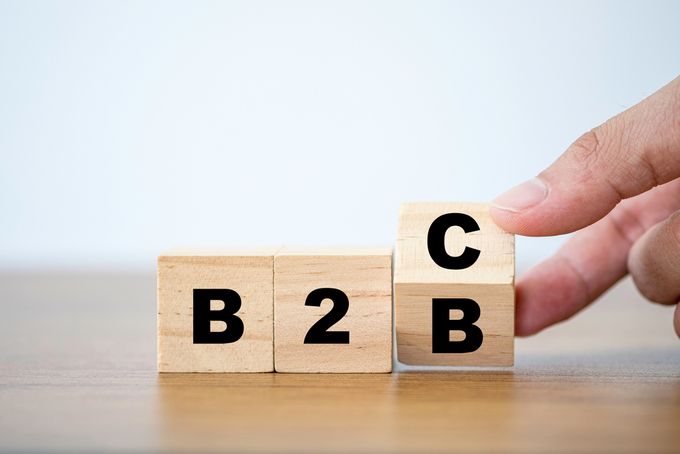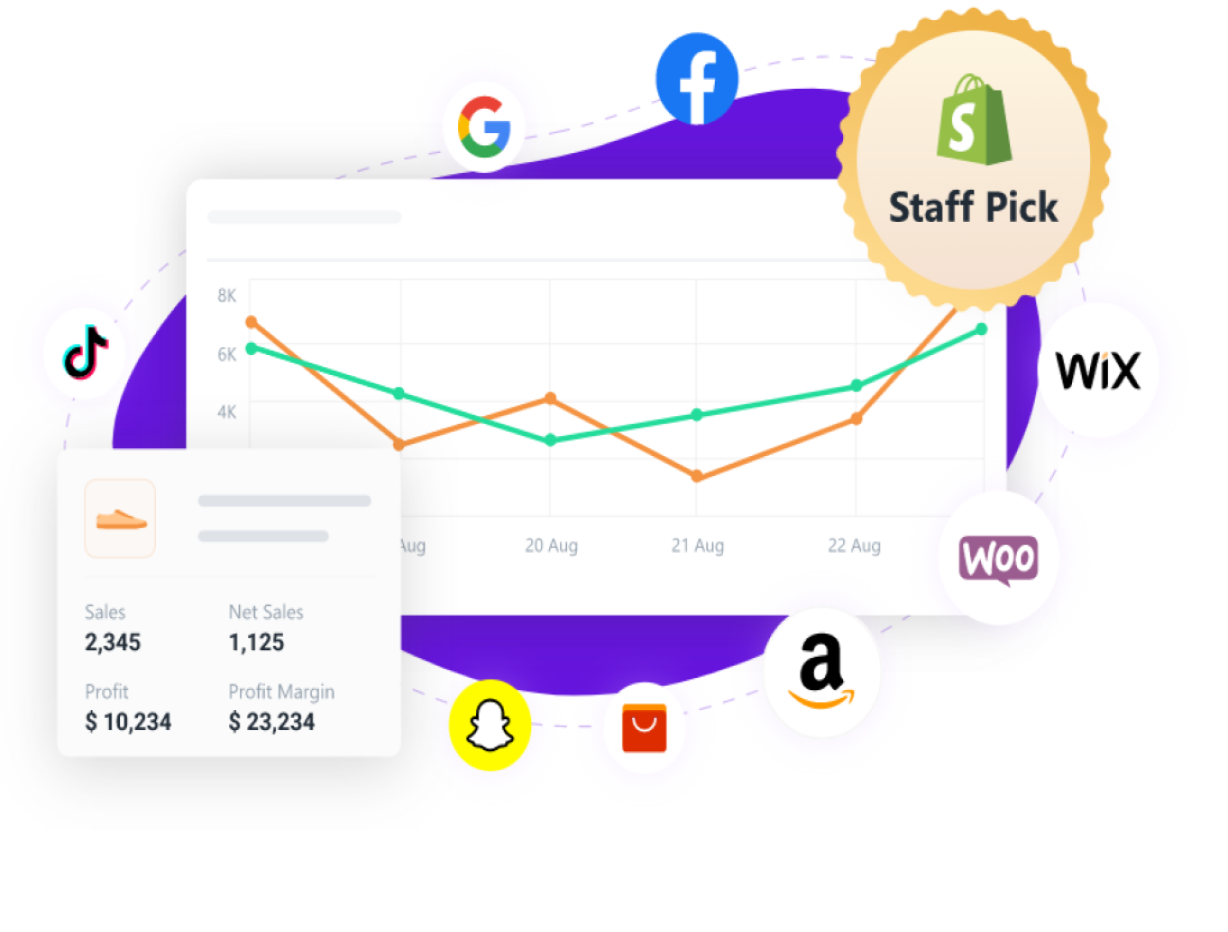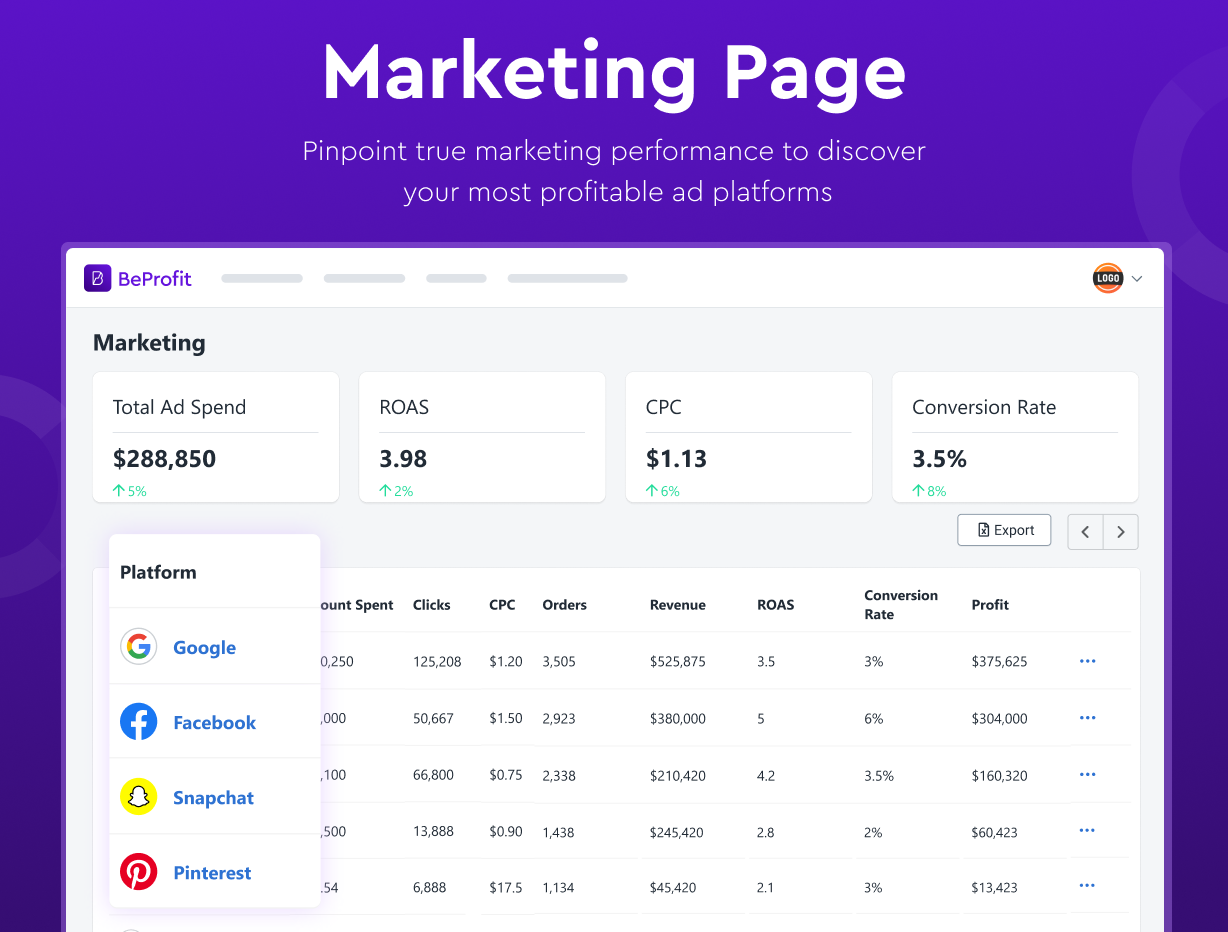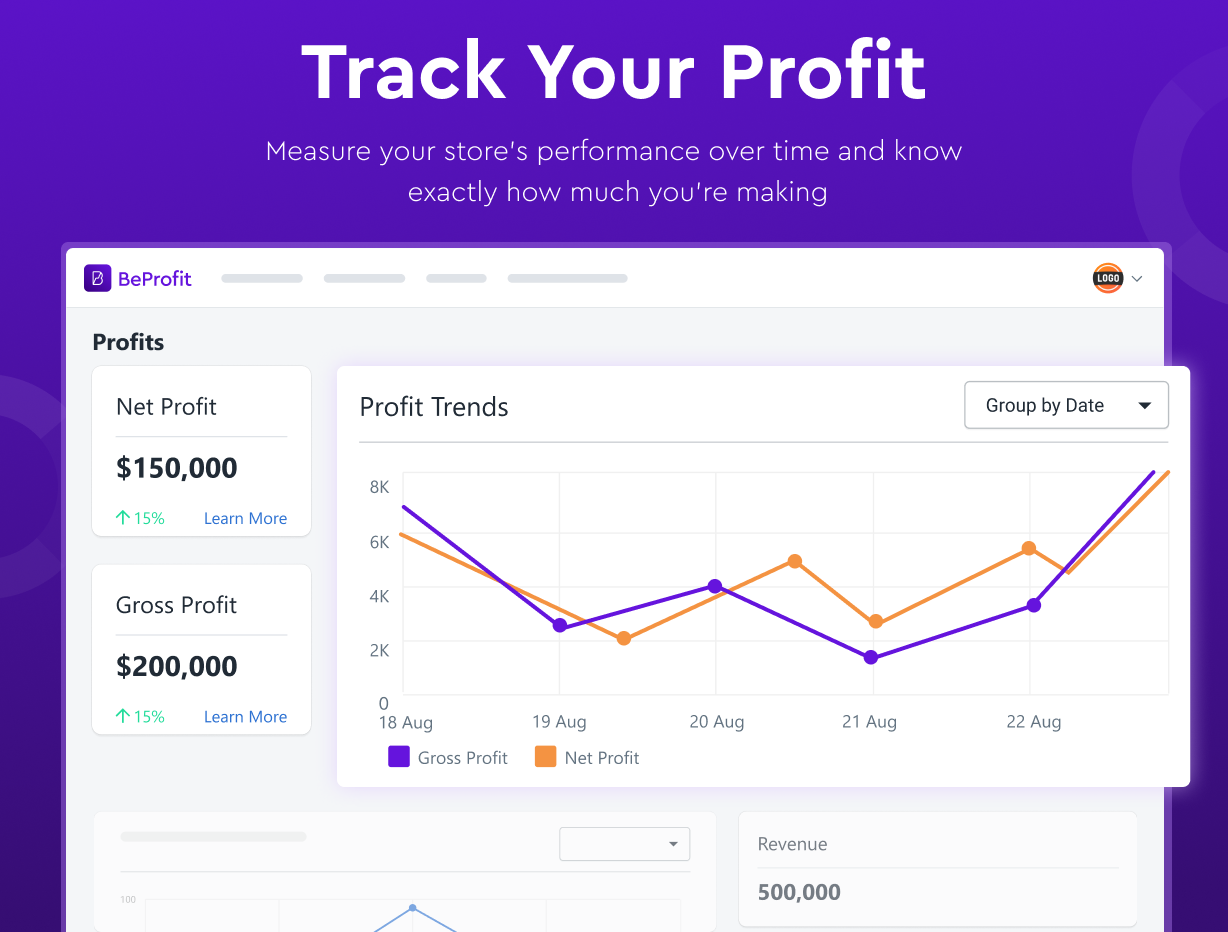The 4 Main E-commerce Business Models for Building a Successful Online Store
Updated August 7, 2023

Running your own online business can be highly profitable, but it is not as simple as building a store and hoping for the best. You still need to have a set of business goals that will make your e-commerce store successful.
That's why, in this post, we will cover the four main types of e-business models and how they can help you build a successful e-commerce business.
What Is an E-Commerce Business Model?
An e-commerce business model is a company's plan for how it will monetize selling products or services online. There are many ways to do this, but some common e-commerce business models include selling goods directly to consumers, selling goods to other businesses, or providing digital services.
The defining difference between e-commerce and digital marketing is that digital commerce includes all forms of electronic communication, such as social media, text messages, emails, etc., whereas e-commerce only includes transactions that take place on websites.
In addition to understanding the basics of an e-commerce business model, it is also essential to familiarize yourself with the available development platforms. Read the following comparisons to learn more about the three most popular e-commerce platforms:
Maintain a Profitable Edge
You can now automatically calculate profits from multiple sources, saving time and effort.




- Analyzes results to ensure consistent, accurate profits.
- Keep track of data points from multiple sources at once.
- Both desktop and smartphone versions are available.
Regardless of the e-commerce business model you adopt, the BeProfit analysis dashboard was designed specifically with the goal of making your life easier.
The 4 Major E-Commerce Business Models
There are many types of e-commerce business models. With examples, we cover the most popular ones here.
1. Business-To-Consumer (B2C)
Business-to-consumer refers to transactions in which a business sells its products or services to consumers. B2C is the most common e-commerce business model, and, therefore, many online niches fall into this category. They often use digital marketing for their e-commerce business success.
Example of B2C Think of a clothing, entertainment, and household supplies retailer like Walmart, which sells products to individual consumers online.
The main advantages of B2C include:
- Potentially endless customer base.
- Greater potential for sales and profits.
The disadvantages of B2C include:
- Competitive business niches.
- Difficulties presented by customer service and return policies.
2. Business-To-Business (B2B)
A business-to-business e-commerce model is one where a business sells its products or services to other businesses rather than to consumers. This model is generally associated with high-end, high-priced products or services in industries in which the bulk of the revenue is generated by business purchases. The business-to-business model generally ends at the purchase stage—the company sells its product to another company, which then sells it to its customers.
Another subsection of B2B is business-to-government (B2G)
Although business-to-government e-commerce models are often grouped together with the B2B business model, instead of a business supplying another private business, they sell goods and services to government organizations. This can include anything from office supplies and technology products to complex consulting services. The B2G e-commerce model has become increasingly popular in recent years as governments seek to find ways to reduce costs and streamline operations.
There are several benefits that businesses can experience when selling to governments through the B2G e-commerce model. First, businesses can enjoy increased visibility and access to decision-makers within government organizations. Additionally, businesses can benefit from cost savings associated with streamlined procurement processes. Finally, businesses can also benefit from opportunities to build long-term partnerships with government organizations.
Example of B2B and B2G Think of an online retailer like Amazon that uses the B2B and B2G e-commerce business model. Amazon.com sells various products and services to businesses, including books, software, and electronics. In addition, Amazon has developed several web-based applications specifically for government entities, such as Amazon's Web Services (AWS), GovCloud.
The main advantages of B2B or B2G include:
- Larger orders.
- Fewer transactions.
- Shorter cycle times.
The disadvantages of B2B or B2G include:
- Limited customer base compared to B2C.
- Potentially higher customer demands, like product customization and pricing options.
3. Consumer-To-Business (C2B)
A slightly less common but no less effective strategy is the consumer-to-business e-commerce model. C2B involves a consumer selling their products or exchanging their services directly with businesses. This generally occurs without the need for a middleman, such as a manufacturer or a wholesaler.
Example of C2B Think of an online review website like Yelp or a social media platform like Facebook where consumers leave customer reviews, participate in company surveys, or even share product-focused social media content as an influencer. This is done in exchange for some kind of perk like the chance to win a prize, receive a discount, or be awarded a free product.
The main advantages of C2B include:
- Affordable or free advertising.
- Potentially limitless brand awareness.
The disadvantages of C2B include:
- Unpredictable outcomes.
- The potential for negative responses.
4. Consumer-To-Consumer (C2C)
C2C, also referred to as peer-to-peer (P2P), is an e-commerce business model where a consumer sells their products or services directly to other consumers. It contrasts with business-to-consumer, where the focus of the business is selling products or services to consumers. C2C is a very popular e-commerce model as it allows business owners to broaden their customer base and reach a larger audience.
Example of C2C C2C websites are often referred to as P2P selling platforms. The concept is very similar to classified ads, which are often posted locally at a neighborhood or community level. Think of something like Facebook Marketplace, which is essentially a sub-platform of Facebook's main platform—a place that connects consumers with other consumers.
Facebook makes money from the buyers and sellers viewing on-site ads, and the consumer gets the benefit of connecting to another consumer who either wants to buy or sell secondhand goods. Leveraging this business model is a great way for businesses to increase their profit margins by growing their brand awareness.
The main advantages of C2C include:
- Potential for high margins.
- Low to zero manufacturing costs.
The disadvantages of C2C include:
- Highly competitive market.
- Increased potential for scams.
Another "Fast-Growing" Business Model
Direct-To-Consumer (D2C)
In this post, we've outlined the four most common and most successful e-commerce business models—but know that there are more than just four. For instance, D2C, or direct-to-consumer, is now becoming a very broadly used e-commerce business model. D2C cuts out the middleman and allows a manufacturer to sell directly to a consumer.
Regardless of which e-commerce model you choose to roll with, just be sure to clearly understand your business goals and which direction you'd like your online store to be heading. You should also take into consideration that you will have to address some of the challenges associated with e-commerce.
Example of D2C
D2C brands like Warby Parker and Harry's have disrupted the traditional eyewear and razor markets by cutting out the retail middleman and selling products directly to consumers online.
The main advantages of D2C include:
- Control over brand messaging.
- Direct access to customers and their buying behaviors.
The disadvantages of D2C include:
- Increased liability.
- Complex internal management.
A great way to boost direct-to-consumer profits is through the use of advertisement.
» Need help with ad management? Read our beginner's guide to effective advertising in e-commerce
Selecting the Best E-Commerce Business Model
There are a few key things to keep in mind when selecting the right e-commerce business model for your company. The first is deciding if you want to sell directly to consumers, businesses, or governments.
Each e-commerce model has its own set of pros and cons, so it's essential to select the right model for your business. Here are a few things to consider when choosing an e-commerce model:
- What are your business goals? Analyze the market to better understand which e-commerce business model suits your business best.
- What is your target market? Define who they are, what they want, and how to reach them.
- What products or services do you offer? Decide this early on and market it appropriately.
- What is your budget? Set realistic budget goals, and stick to them as closely as possible.
- What is your level of technical expertise? Decide where your specialties lie, what you'd like to tackle yourself, and what work would be better outsourced to outside contractors.
Once you've landed on a decision for each of these key considerations, you'll need to decide how you're going to reach them by choosing the correct e-commerce business revenue model. Is your new business model going to use an existing platform like Amazon or eBay, or are you going to build your own website? If you're going the self-hosted route, make sure to have a solid understanding of web development and e-commerce platforms. That way, you can create a site that's both user-friendly and profitable.








